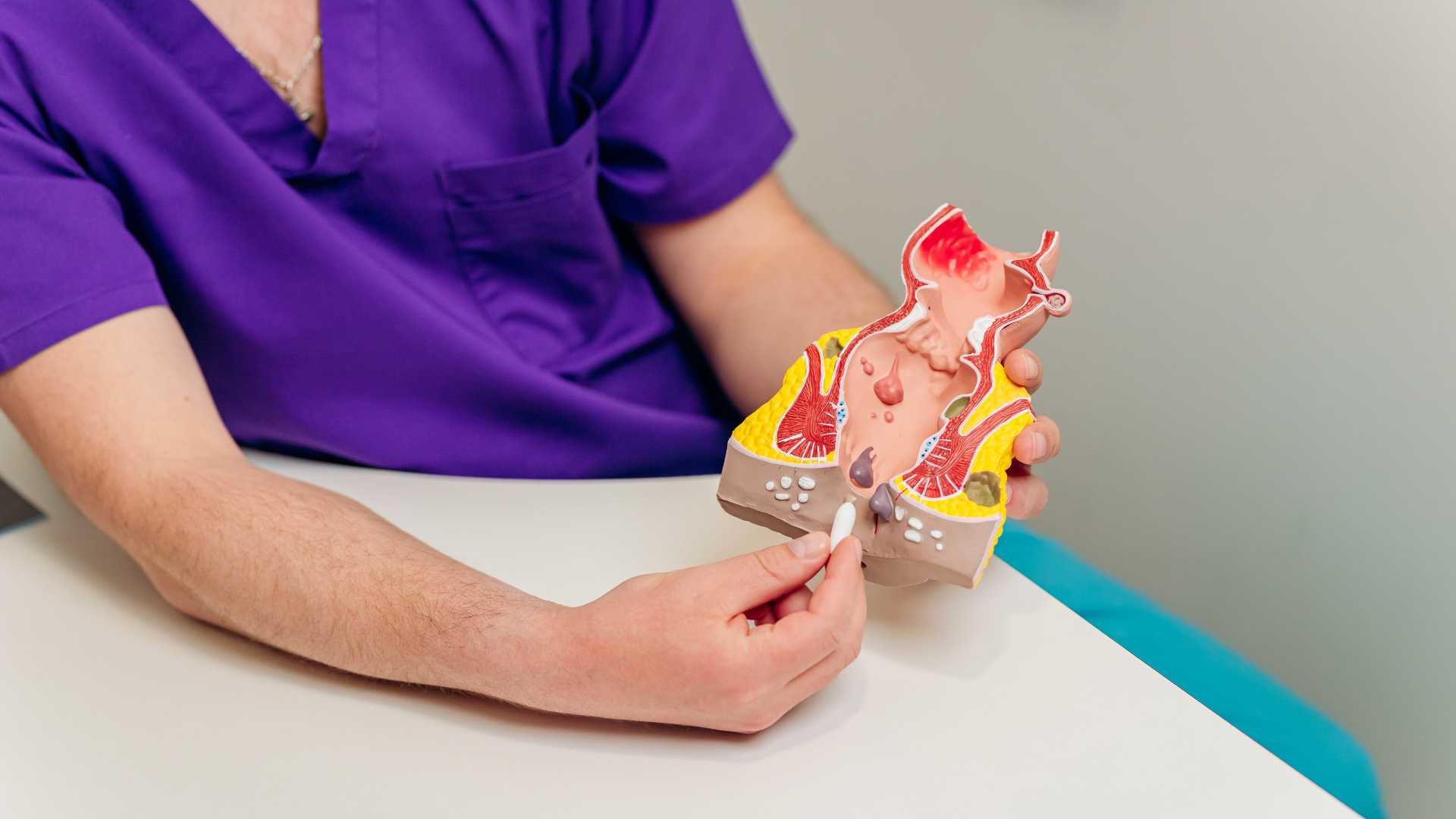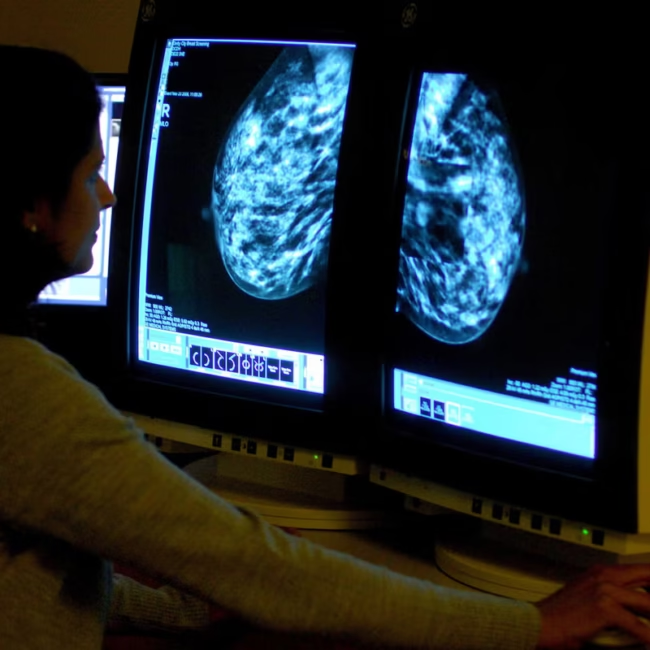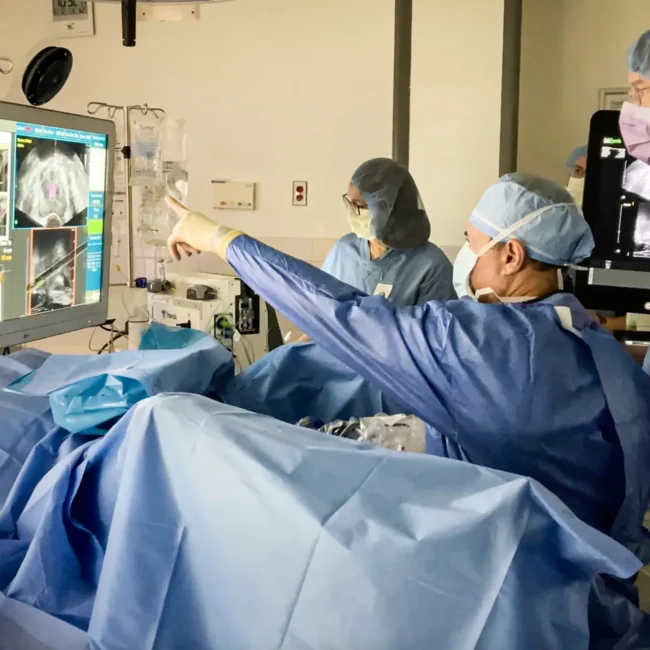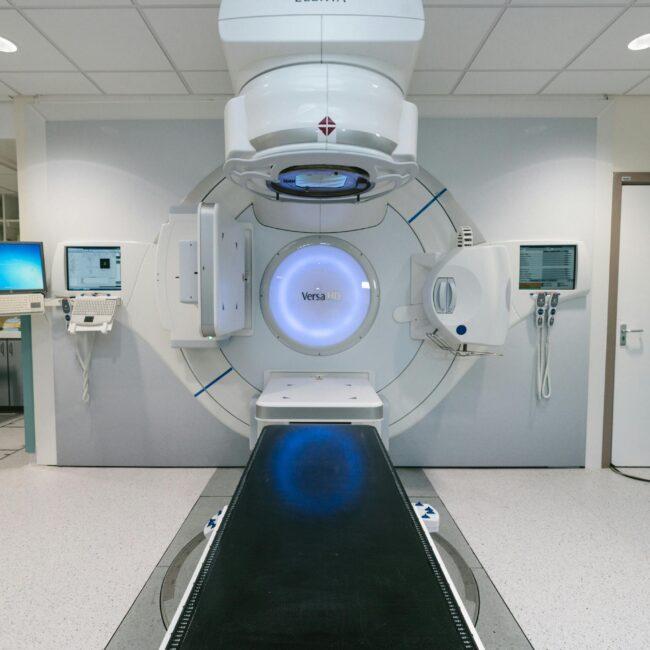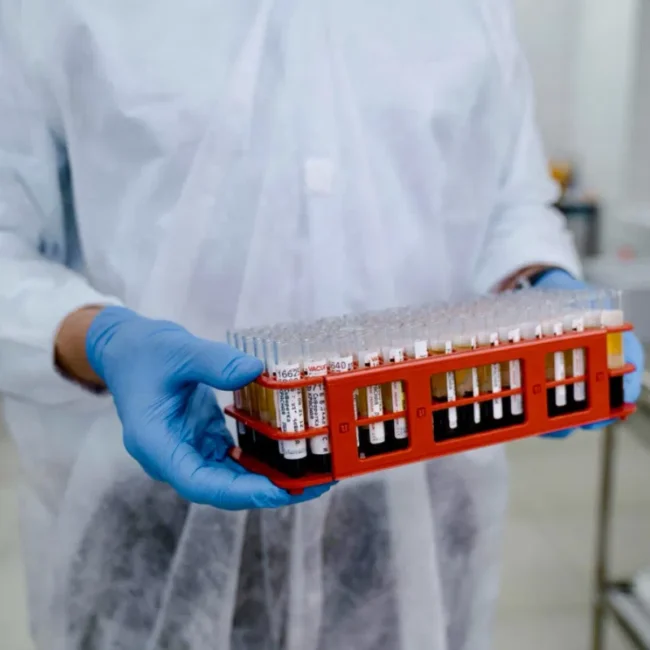Researchers at Rockefeller University’s Laboratory of Structural Biophysics and Mechanobiology have made a significant breakthrough in understanding the structural mechanics of filopodia—finger-like projections that enable cell movement. Their study, published in Nature Structural & Molecular Biology, provides the first atomic-level images of the protein fascin binding actin filaments into the hexagonal bundles that constitute filopodia. This detailed visualization was achieved through advanced computational image analysis, offering unprecedented insight into how filopodia’s scaffolding is constructed.
Filopodia play a dual role in human health: they are essential for normal cellular functions, such as immune responses, but also facilitate the spread of cancer by aiding metastatic cells in invading new tissues. Understanding the precise assembly of filopodia could inform the development of targeted cancer therapies. Currently, fascin inhibitors are undergoing clinical trials with the aim of preventing cancer metastasis by disrupting filopodia formation. The insights from this study could enhance the design of these inhibitors, potentially leading to more effective treatments that halt the progression of cancer by impeding cell migration. Click for More Details

